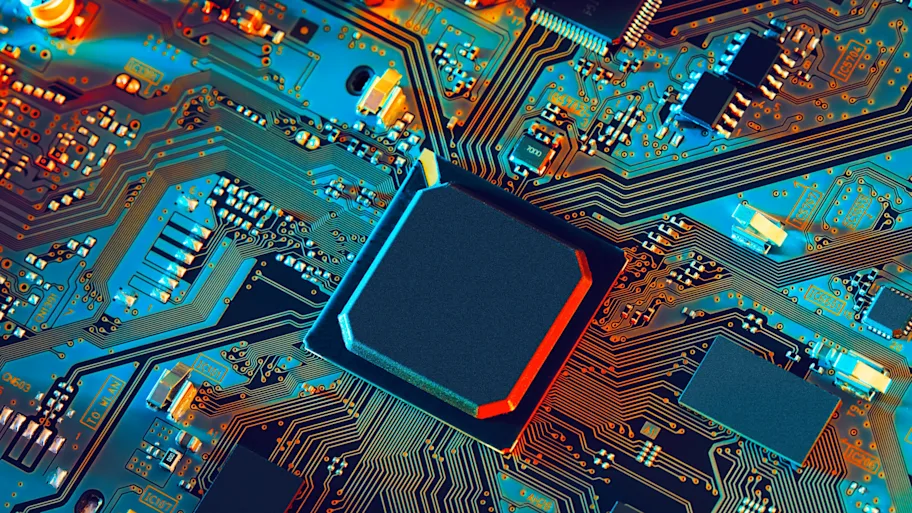
- Science news
- Frontiers news
- Answering the universe’s big questions with Big Data and AI
Answering the universe’s big questions with Big Data and AI

— by Emma Overmaat
The quest for understanding the fundamental laws of physics has brought scientists far in exploring the origins of the universe by probing nature at high energies. In the era of data abundance, high energy physicists are now faced with an unprecedented large volume of data to manage and synthesize, to answer the universe’s next big questions. Big Data and AI in High Energy Physics is a new specialty in Frontiers in Big Data, to help scientists rise to this task.
Heterogeneous Computing for AI and Big Data in High Energy Physics is now open for submissions. Sign up for article alerts to receive the latest research
Big Data and AI in High Energy Physics will publish high-quality research that aims to meet the challenge of processing big scientific data, and using artificial intelligence to analyze it.
Big Data and AI in High Energy Physics is led by renowned Chief Editors Dr Maria Girone (Chief Technology Officer at CERN Openlab) and Dr Jean-Roch Vlimant (Assistant Scientist at the California Institute of Technology), who are supported by an outstanding editorial board of international experts.
New solutions in the era of Big Data challenges

Jean-Roch Vlimant
While there is a growing amount of work incorporating innovative Big Data and AI techniques, Dr Vlimant points out that “the lack of a peer-reviewed, open access journal for publishing software, methods and machine learning techniques limits our recognition of relevant and useful innovations, which should be pushed into production”.
These new techniques are more necessary than ever, as future experiments in the field will be accumulating data at an unprecedented volume, presenting physicists with growing challenges in terms of data selection, acquisition, distribution and analysis. For example, CERN’s High Luminosity Large Hadron Collider will become operational next year, with the potential to shine light on dark matter and possibly help find answers to supersymmetry.
It is an upgrade to the Large Hadron Collider (LHC) which has been operating since 2008 and has led to the discovery of the Higgs Boson – the last missing piece of the puzzle known as the Standard Model: our best theory to explain how the universe works. Its High Luminosity successor will generate 25 times as much data as the LHC has produced up to now. This means the LHC datasets, which already stands at a staggering 1 Exabyte, will grow many times larger.

Maria Girone
Dr Girone elaborates: “In my opinion, the biggest challenges facing High Energy Physics in the area of Big Data and AI is how to capitalize on and advance the progress made in industry. As we face the unprecedented computing challenge of the High Luminosity-LHC, we need to exploit the investments that industry has made in optimized hardware and tools for Big Data and AI. Other sciences have benefited from broader adoption of modern industry’s tools but High Energy Physics has largely continued to use legacy tools and techniques.”
Increasing research visibility for scientists and the public
The open access nature of the journal is essential in disseminating important innovations that will help physicists manage and analyze the growing amount of data they are dealing with. Dr Vlimant highlights that it will provide “the much-deserved visibility to a growing body of work on scientific computing. Furthermore, providing access to other fields of research is crucial to improve to cross-communication, sharing of research and the advancement of science.”
This extends not only to the research community, but also to a broader public. Dr Vlimant explains: “At a time where new big experiments in high energy physics are planned it is important to keep the general public, the original source of the funding, aware of the impact their money has on society.”
Dr Girone in turn stresses the importance of productive collaborations between physicists and industry practitioners: “High Energy Physics is a unique environment for Big Data and AI development in cooperation with industry. We have a huge number of events, both collected and simulated, that can be used for training and validation. We need to continue to build collaborations between High Energy Physics and developers of Big Data and AI tools that foster common development and trust.”
Big Data and AI in High Energy Physics aims to create a space for high-quality papers on modern techniques for processing, analyzing, managing and sharing scientific data, to address the challenges ahead for research in high energy physics, and communicate these to researchers, industry practitioners and the public worldwide.
Follow Frontiers in Big Data on Twitter
Frontiers journals lead in citations and rank in top Impact Factor and CiteScore percentiles. See full analysis






